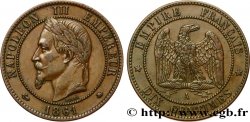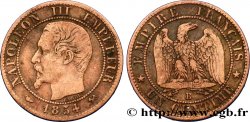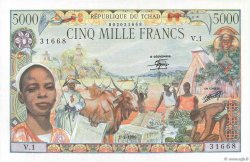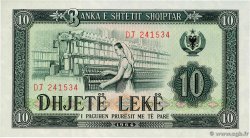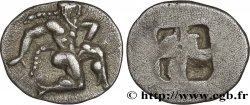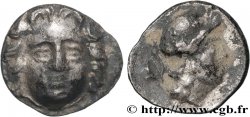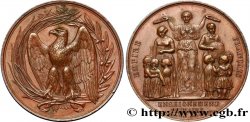E-auction 328-244729 - fme_445744 - SECOND EMPIRE Médaille, Enseignement primaire
You must signin and be an approved bidder to bid, LOGIN TO BID. Accounts are subject to approval and the approval process takes place within 48 hours. Do not wait until the day a sale closes to register. Clicking on « bid » constitutes acceptance of the terms of use of cgb.fr private e-auctions.
Bids must be placed in whole Euro amounts only. The sale will start closing at the time stated on the item description; any bids received at the site after the closing time will not be executed. Transmission times may vary and bids could be rejected if you wait until the last second. For further information ckeck the E-auctions F.A.Q.
NO BUYER'S FEE.
NO BUYER'S FEE.
| Estimate : | 100 € |
| Price : | 21 € |
| Maximum bid : | 26 € |
| End of the sale : | 29 July 2019 18:18:30 |
| bidders : | 8 bidders |
Type : Médaille, Enseignement primaire
Date: 1854
Mint name / Town : 33 - Virelade
Metal : copper
Diameter : 52 mm
Orientation dies : 12 h.
Engraver FAROCHON Jean-Baptiste Eugène (1812-1871)
Weight : 65 g.
Edge : inscrite : A M.ELLE LAMARQUE (SOEUR ST DELPHIN) INSTITUTRICE LIBRE A VIRELADE (GIRONDE) 1853-1854 + main CUIVRE
Puncheon : main indicatrice (1845-1860) et CUIVRE
Coments on the condition:
Intéressante médaille, avec des traces de manipulation. Patine brune
Obverse
Obverse legend : ANÉPIGRAPHE.
Obverse description : Aigle impérial, les ailes partiellement repliées, à gauche, sur une branche de laurier et une palme.
Reverse
Reverse legend : EMPIRE FRANÇAIS // ENSEIGNEMENT PRIMAIRE.
Reverse description : Allégorie féminine couronnant deux enseignants ayant chacun 3 et 4 enfants devant eux. Signé : E. FAROCHON SCULP. 1855..
Commentary
Médaille signée “E. FAROCHON Sculp 1855”, avec un poinçon main (utilisée entre 1845 et 1860). La médaille fut décernée à Mademoiselle Lamarque, (aussi appelée Soeur St Delphin?) pour son exercice d’institutrice libre à Virelade dans la Gironde dans les années 1853-1854. Il faut croire que la médaille fut décernée en 1855 (cf. signature de E. Farochon).
Jean-Baptiste Farochon est l'élève de David d'Angers à l’École des beaux-arts de Paris en 1829. Lauréat du prix de Rome de gravure en médaille et pierre fine en 1835, il devient pensionnaire de la villa Médicis de 1836 à 1839. Il expose au Salon de 1833 à 1866. Il est professeur de gravure en médaille et pierre fine à l’École des beaux-arts de Paris en 1863. Son buste, par Gabriel Faraill, l'un de ses élèves, est conservé dans la salle Victor Schœlcher de cette école.
Jean-Baptiste Farochon est l'élève de David d'Angers à l’École des beaux-arts de Paris en 1829. Lauréat du prix de Rome de gravure en médaille et pierre fine en 1835, il devient pensionnaire de la villa Médicis de 1836 à 1839. Il expose au Salon de 1833 à 1866. Il est professeur de gravure en médaille et pierre fine à l’École des beaux-arts de Paris en 1863. Son buste, par Gabriel Faraill, l'un de ses élèves, est conservé dans la salle Victor Schœlcher de cette école.








 Report a mistake
Report a mistake Print the page
Print the page Share my selection
Share my selection Ask a question
Ask a question Consign / sell
Consign / sell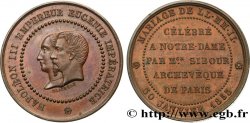
 Full data
Full data

